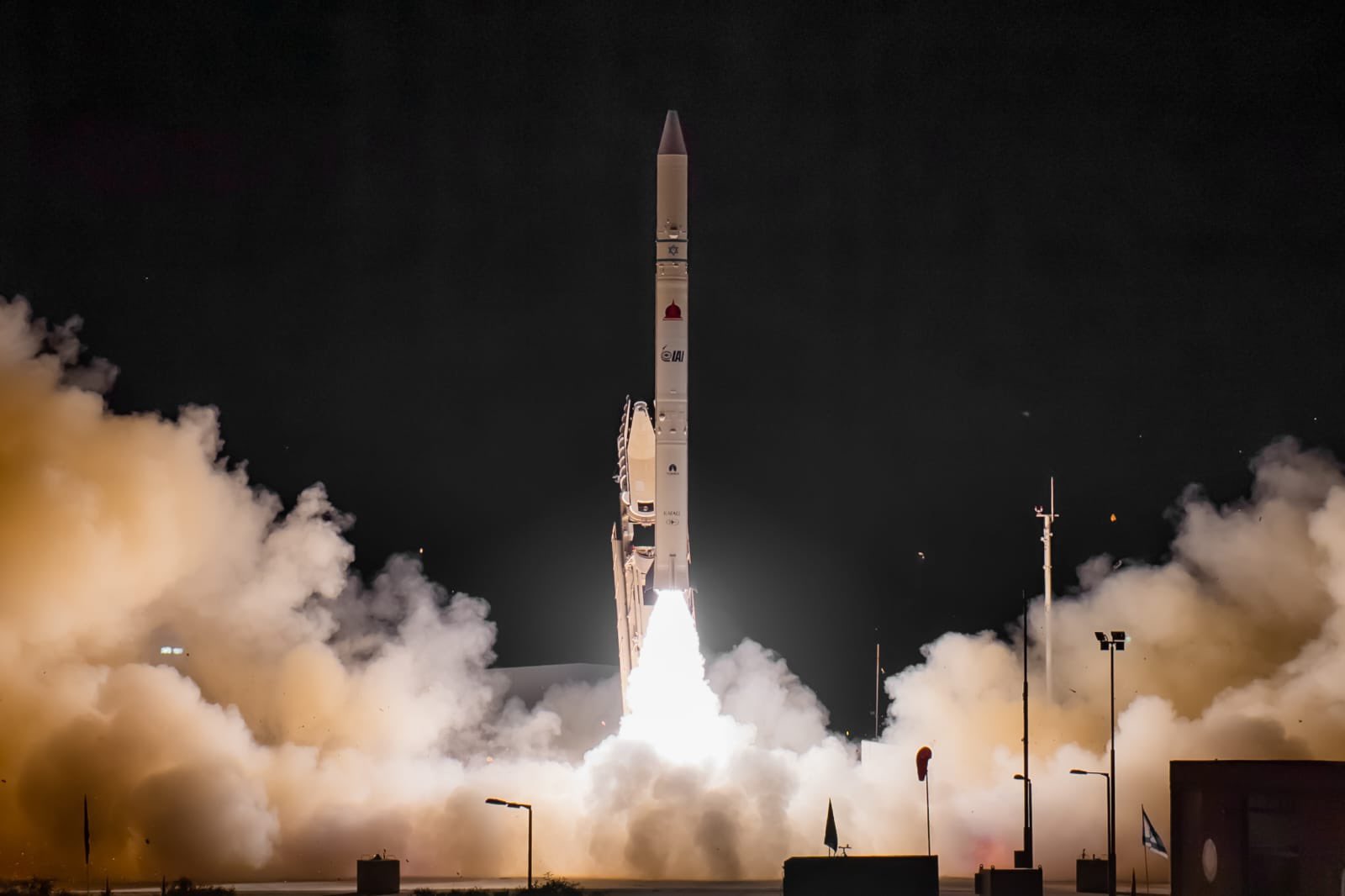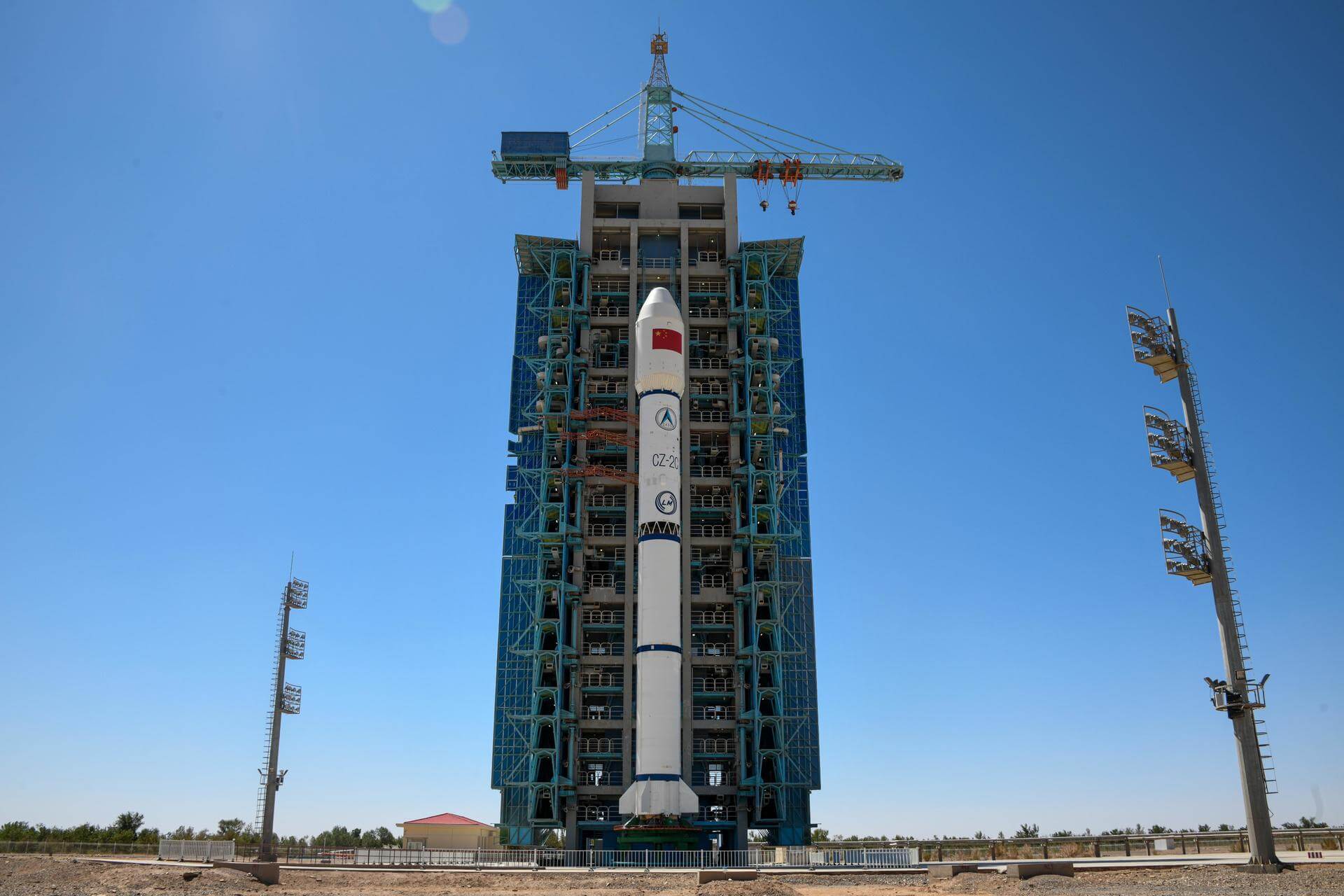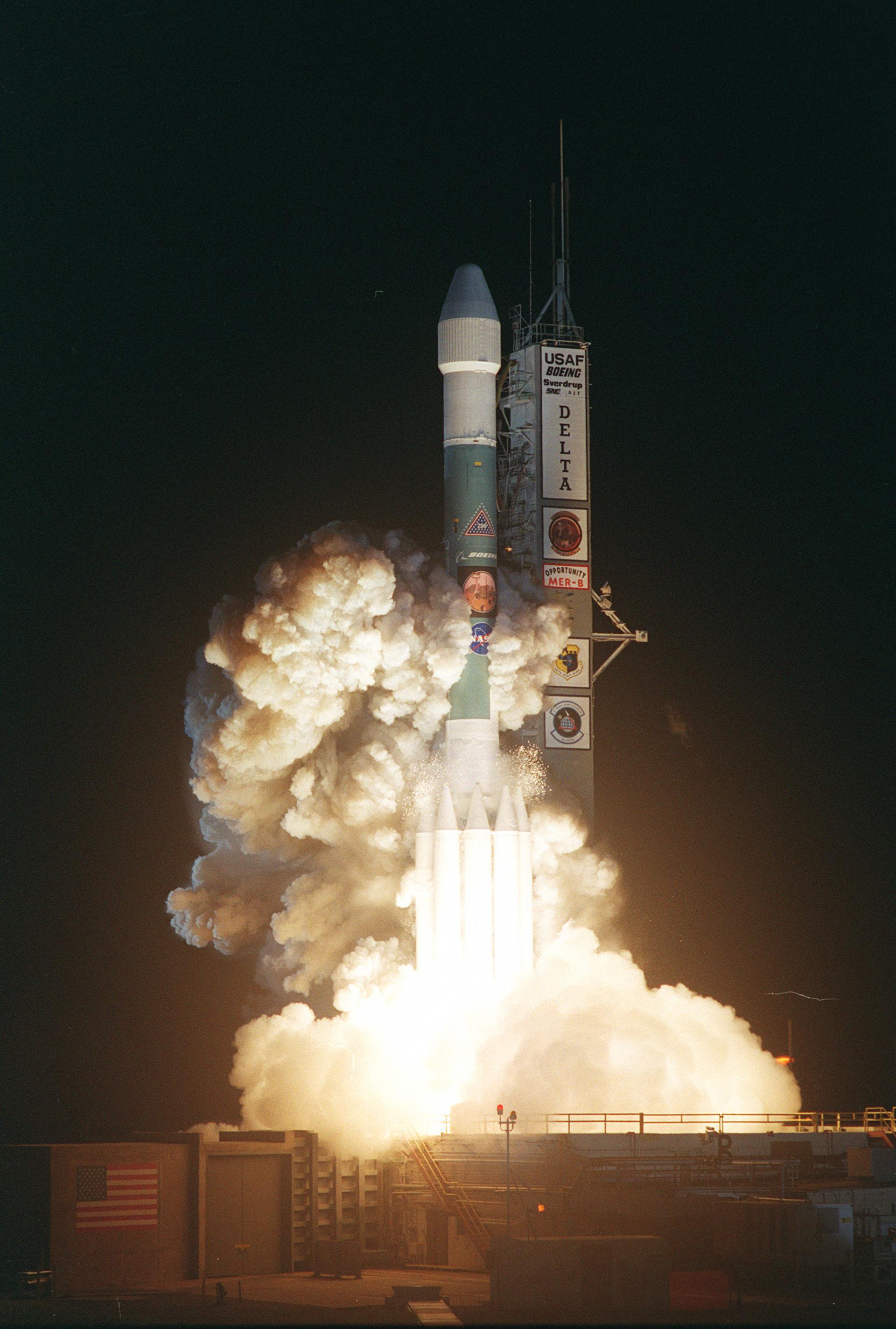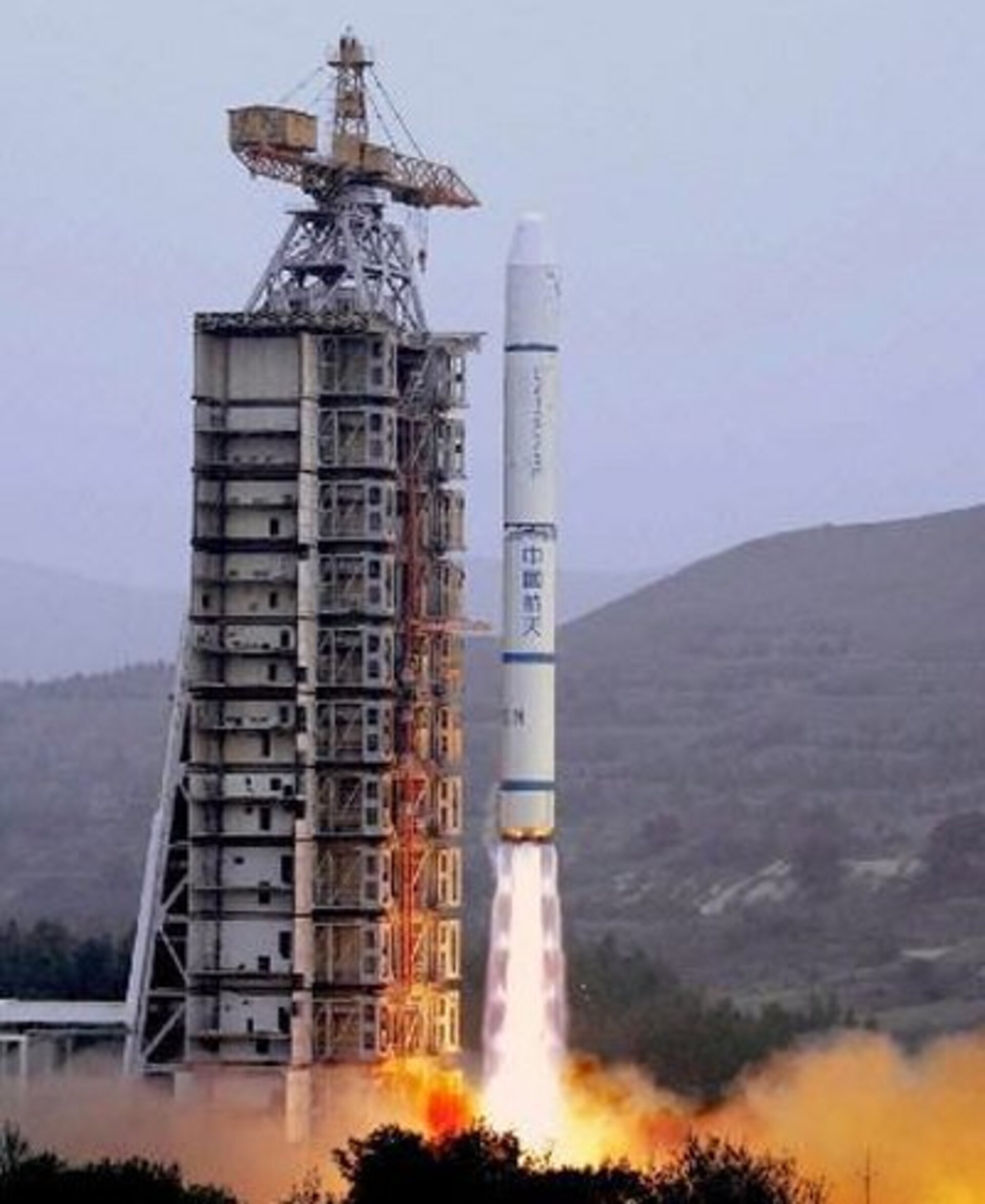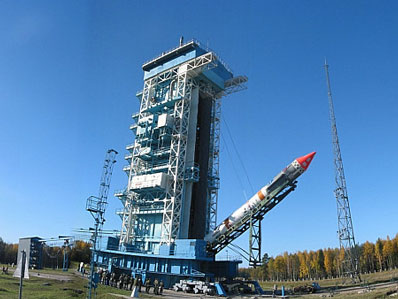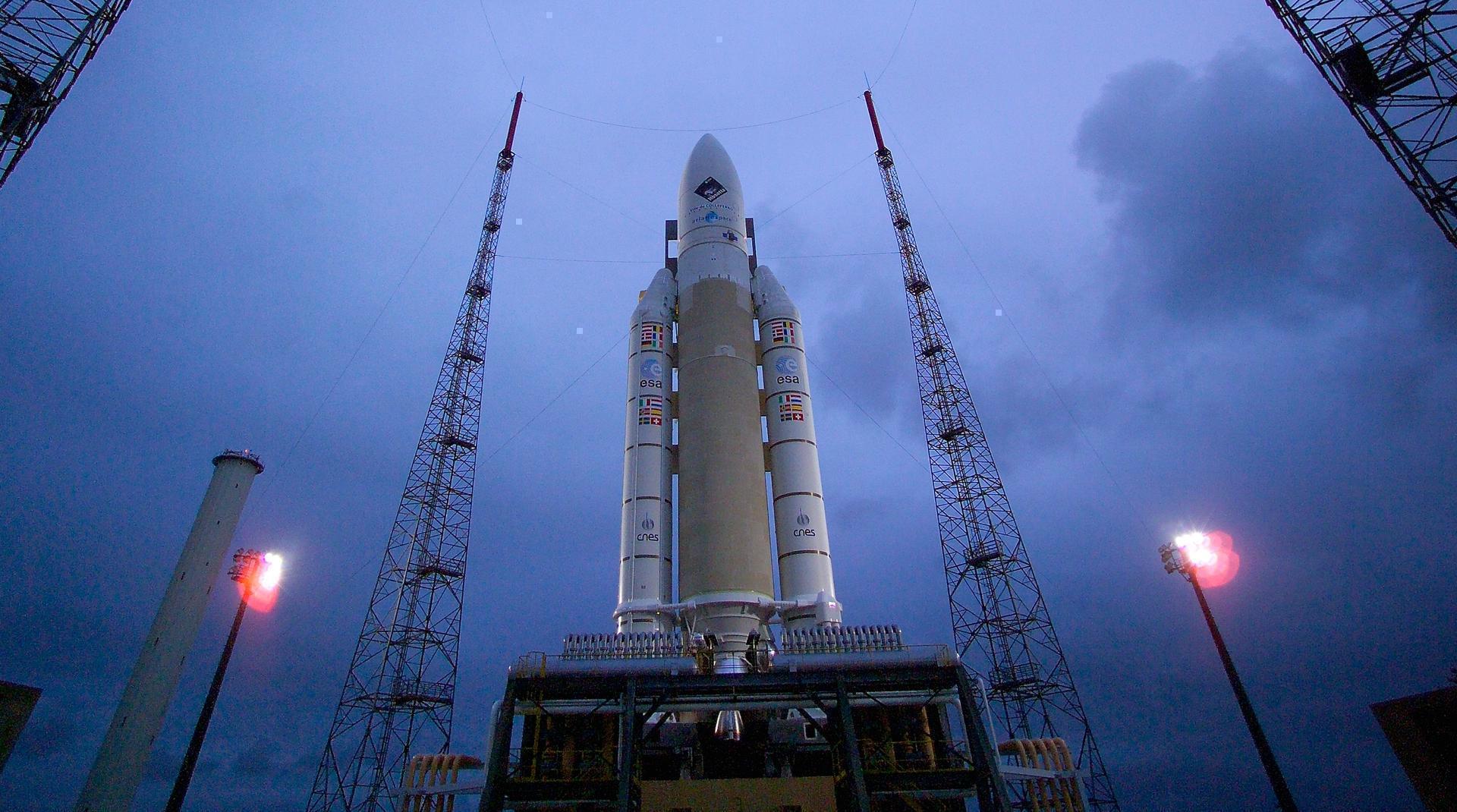Previous Spaceflight Launches
Filter by Agency, Locations or Vehicles
Show All LaunchesShavit-2 | Ofeq-6
Israel Aerospace Industries | IsraelPalmachim Airbase, State of Israel
Sept. 6, 2004, 10:53 a.m.
Atlas IIAS | NROL-1
Lockheed Martin | United States of AmericaCape Canaveral SFS, FL, USA
Aug. 31, 2004, 11:17 p.m.
Status: Launch Successful
Mission:
63rd and last flight of Atlas IIAS. 576th and final launch of Rocketdyne-powered Atlas rockets. Final launch from LC36A after 42 years of use. Launch delayed from June 24 and 25, July 1 and 27, August 27, 28, 29 and 30. The payload was probably a communications satellite used to relay data from imaging spy satellites.
Geostationary OrbitLong March 2C | Fanhui Shi Weixing (19)
China Aerospace Science and Technology Corporation | ChinaJiuquan Satellite Launch Center, People's Republic of China
Aug. 29, 2004, 7:50 a.m.
Status: Launch Successful
Mission:
Recoverable satellite officially stated to be conducting space scientific research, land surveying, mapping and other scientific experiments. Said to have improved experimental technology, with higher orientation precision and more complex on-board computers and software.
Low Earth OrbitSoyuz U | Progress M-50
Russian Federal Space Agency (ROSCOSMOS) | RussiaBaikonur Cosmodrome, Republic of Kazakhstan
Aug. 11, 2004, 5:03 a.m.
Proton-M Briz-M | Amazonas-1
Khrunichev State Research and Production Space Center | RussiaBaikonur Cosmodrome, Republic of Kazakhstan
Aug. 4, 2004, 10:32 p.m.
Status: Launch Successful
Mission:
The Amazonas 1 Latin American satellite, launched in the summer of 2004, is the fifth and most powerful satellite launched by the Spanish telecommunications satellite organization Hispasat so far. It provides a full range of both fixed and broadcast communications services, including TV broadcasting, business services, VSAT and data broadcasting, to the whole of the American continent, together with a transatlantic link for Europe and North Africa, over a 15-year mission lifetime.
Geostationary OrbitDelta II | Messenger
United Launch Alliance | United States of AmericaCape Canaveral SFS, FL, USA
Aug. 3, 2004, 6:15 a.m.
Status: Launch Successful
Mission:
MESSENGER was a NASA robotic space probe that orbited the planet Mercury between 2011 and 2015, studying Mercury's chemical composition, geology, and magnetic field. The name is a backronym for "MErcury Surface, Space ENvironment, GEochemistry, and Ranging", and a reference to the messenger god Mercury from Roman mythology.
Low Earth OrbitLong March 2C/SM | Tan Ce 2
China Aerospace Science and Technology Corporation | ChinaTaiyuan Satellite Launch Center, People's Republic of China
July 25, 2004, 7:05 a.m.
Kosmos-3M | Parus 95
Russian Space Forces | RussiaPlesetsk Cosmodrome, Russian Federation
July 22, 2004, 5:46 p.m.
Ariane 5 G+ | Anik F2
ArianeGroup | FranceGuiana Space Centre, French Guiana
July 18, 2004, 12:44 a.m.
Delta 7920-10L | Aura
McDonnell Douglas | United States of AmericaVandenberg SFB, CA, USA
July 15, 2004, 10:01 a.m.
Status: Launch Successful
Mission:
Aura (EOS CH-1) is a multi-national NASA scientific research satellite in orbit around the Earth, studying the Earth's ozone layer, air quality and climate. It is the third major component of the Earth Observing System following on Terra and Aqua.
Sun-Synchronous Orbit